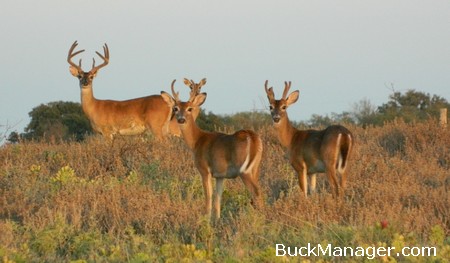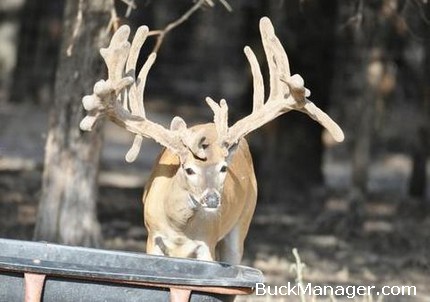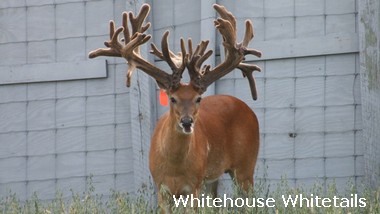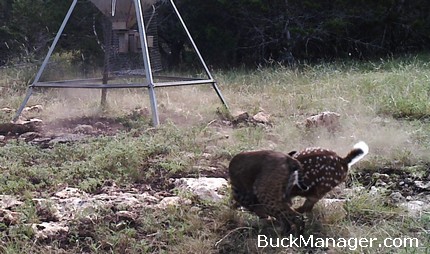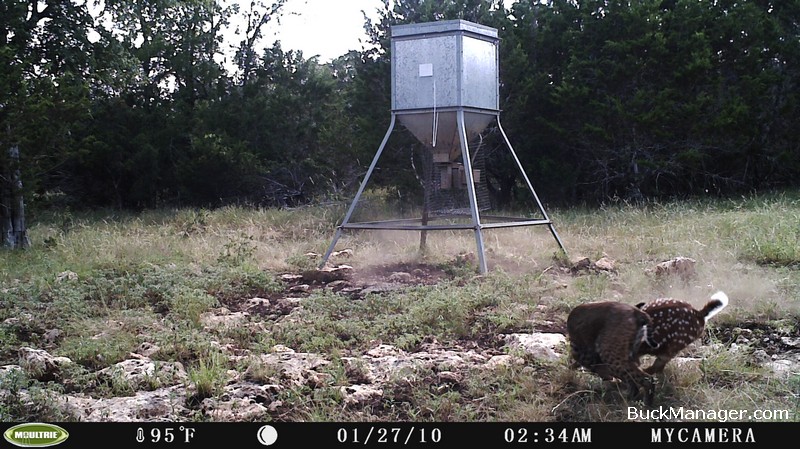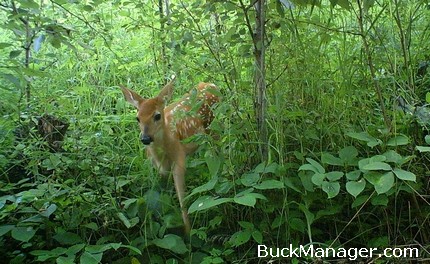It was a perfect morning for deer hunting. It was late October, 53 degrees and a 5-7 mile per hour wind was blowing out of the northeast. Directly in front of me, standing at 10 yards, was a 10 point buck that I recognized from game camera photos. The deer was walking quartering away and stopped right on cue. The arrow rocketed through him and hit the ground before he even flinched.
I could immediately see blood. He lurched forward and hit high gear in only a few steps. A few seconds later I heard him crash. It was quiet again. Just to be safe, I waited 15 minutes before walking to the end of a 45 yard long blood trail that culminated with my bow buck.
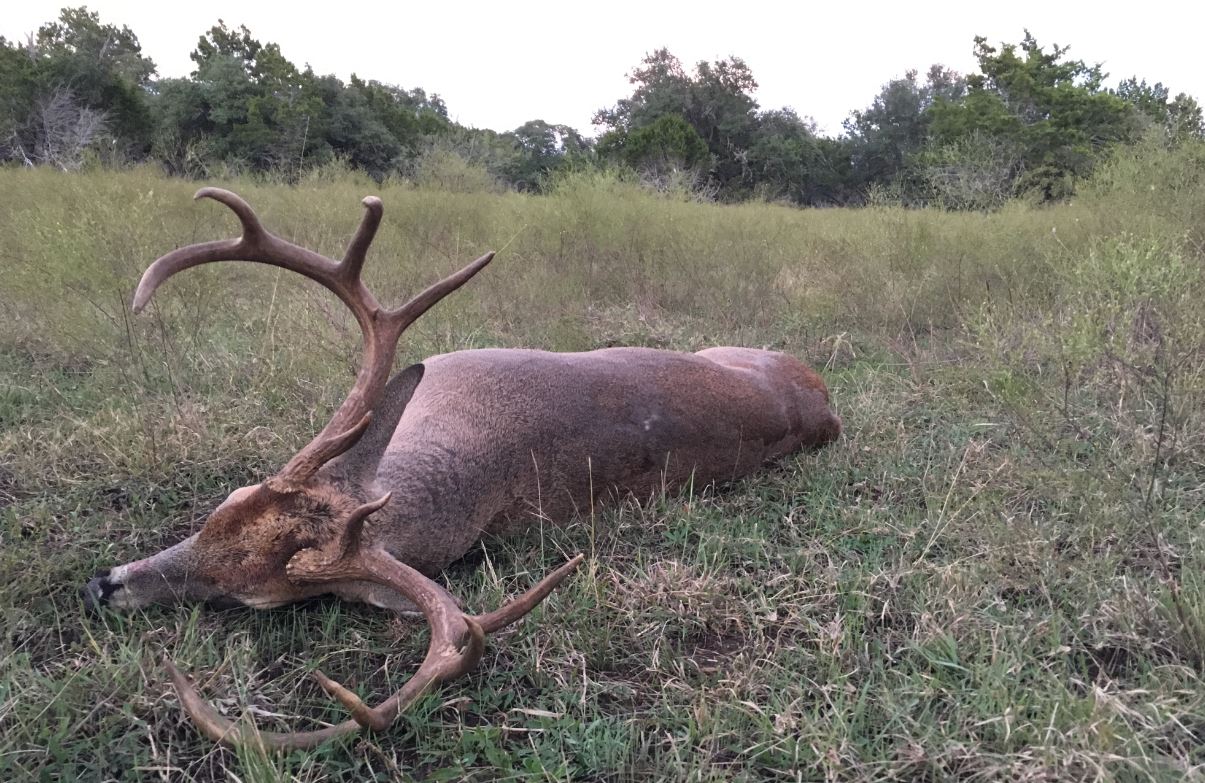
I dragged the deer back to the truck, which was parked less than 60 yards away. You see, I was deer hunting a pint-sized property in Central Texas that consisted of a mere 7 acres. It was the second time that I had hunted the small tract in 6 years. Three years earlier had resulted in a mature, heavy-bodied 9 point whitetail buck.
My latest deer, why far from a “book” buck, was the product of only one deer management practice—harvest management. Not shooting him years earlier when he was younger was the strategy, just letting him go so he could grow into something more substantial. Deer hunting small properties can work, but you have to do it right from the start.
Deer Hunting Small Property 101
Keep it quiet. There is no real secret to this one, but it does mean allowing deer to be content using and traveling through a property. Larger properties afford protection to whitetail by the shear amount of space they put between them and any disturbances. Not the case when talking about a small property.
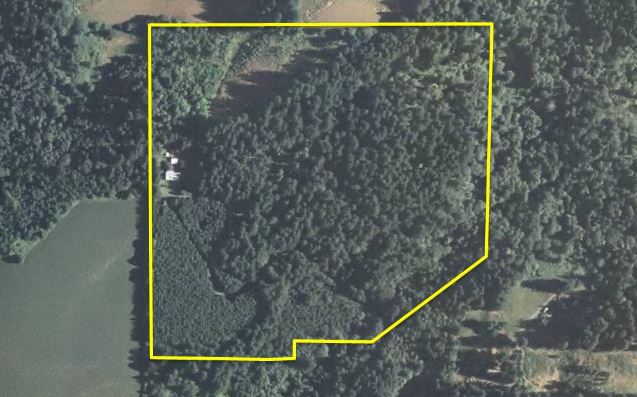
Small acreages do not have the kind of built in buffer that distances deer from disturband, so it’s much more important that deer are not continually pushed off of the property, especially as the hunting season approaches. As a note, whitetail can deal with regular disturbances, but it’s different come hunting season once hunters take to the woods.
Mature deer, both bucks and does, become well aware of the sounds and smells that are out of the ordinary for the places they call home.
Help Their Diet
Just like the way to man’s heart is through his stomach, the best way to put an arrow or bullet in a buck’s heart is to keep him coming back for more—keep him well fed. Dominant bucks do not look for the poorest or even the most mediocre meal on the landscape as a part of their diet. They look for the best grub and they keep it to themselves.
If a big ole buck finds high quality forage on the small property you plan to deer hunt this fall then so much the better. A deer has got to eat, right?
The largest antlered bucks in an area will typically have the biggest bodies and that’s because they eat well. Give them something good on your property that is not found anywhere else in the area. Then you have a shot at making your small acreage property part of a dominant buck’s core area.
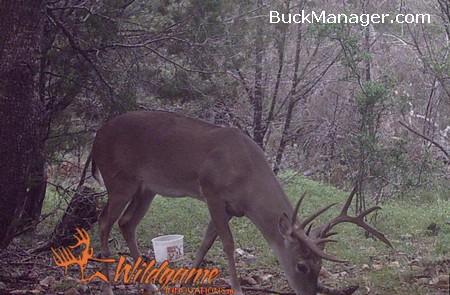
It’s always a good idea to choose something that is highly tasty or high in protein. This could be anything from pelleted protein to cottonseed to other types of manufactured foods/baits that attract deer, including well-prepared food plots. The bow buck above had a taste for the Nut ‘N More Drop Block by InSights Nutrition. It’s actually a block that I believe was developed for deer breeders but I’ve found that free-ranging deer really go for this sweet, peanut-based product. Water can also be a great attractant in arid areas.
Know Your Small Tract
Not all small properties provide deer habitat. Smaller properties do not need an abundance of cover, but whitetail will avoid areas that do not have enough suitable screening cover to even provide for perceived safe travel. If you want whitetail deer to use a property it will at least need to have cover comprised of brush, grass, or small trees that are at least 3-4 feet in height in or near potential travel ways.
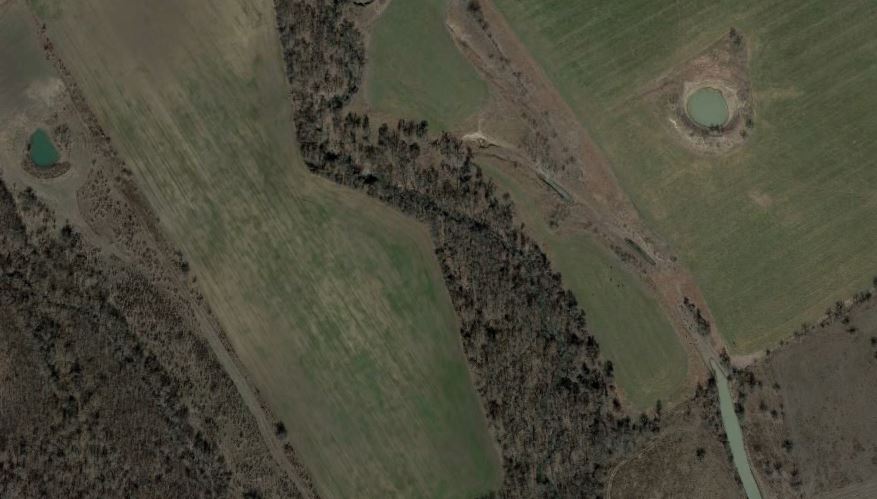
Some of the best small acreage deer hunting can be found on tracts of land that provide good travel corridors. In these cases, providing food or water may just be the icing of the cake for deer that are already traveling through a property. A creek, natural funnel or pinch-point can be a regular deer producer, even if it’s located on just a small tract of land. This is also something to consider when evaluating a hunting lease or when looking for property to purchase.
Timing is Everything
Like life, timing is everything when it comes to deer hunting. Time it just right. Use game cameras to keep informed of when animals are visiting your feed stations or traveling through the area. Most bucks will stick to well-defined feeding patterns before the breeding season turns them into nomads. If you don’t have the opportunity to hunt the pre-breeding season then the rut is, of course, a great time to hunt.
This is can bucks will longer distances in search of hot does. Know when the rut takes place in your hunting area, know the weather and get out there to take advantage of what’s going on. Deer will move throughout the day when the time is right.
Another option is to try rattling. Bucks will readily respond to rattling antlers a couple of weeks before the breeding season kicks into high gear. You may also have a shot a drawing them onto your small hunting tract after the rut as tapered off. A buck may cruise by to take a look if he thinks there is one last shot at breeding success.
Hunt Deer, Don’t Scare Them
Hunt only when the wind is right. This idea is so simple in theory, but it had been one of the most difficult things for me to put into practice during the hunting season. The problem had always been that I wanted to be in the field regardless of whether or not the weather was right. After years, however, I’ve learned that not only is hunting bad wind not effective, it can can run a buck out of the area for good.
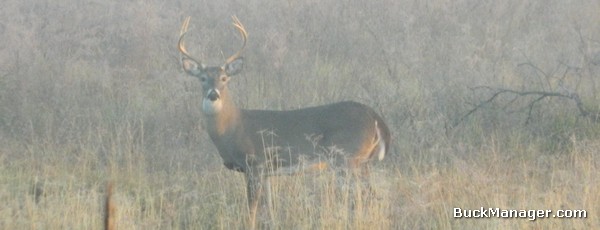
I had one buck wind me several years ago and he never showed back up, at least not on game camera, for almost 5 weeks. Mature deer learn real quick when an area is not safe. That’s how they got old.
Hunting Small Acreage Successfully
These tips are a good place to start when deer hunting smaller tracts or any property for that matter. Whitetail are smart animals and that makes them challenging to hunt. It also makes it that much more rewarding when we’re lucky enough to bag a good one, especially on small acreage.
There is something about hunting these mini properties that makes deer hunting even more challenging. It’s good to shoot deer, but keep always remember that deer harvest management is even more important on small tracts. Do not over hunt them.
